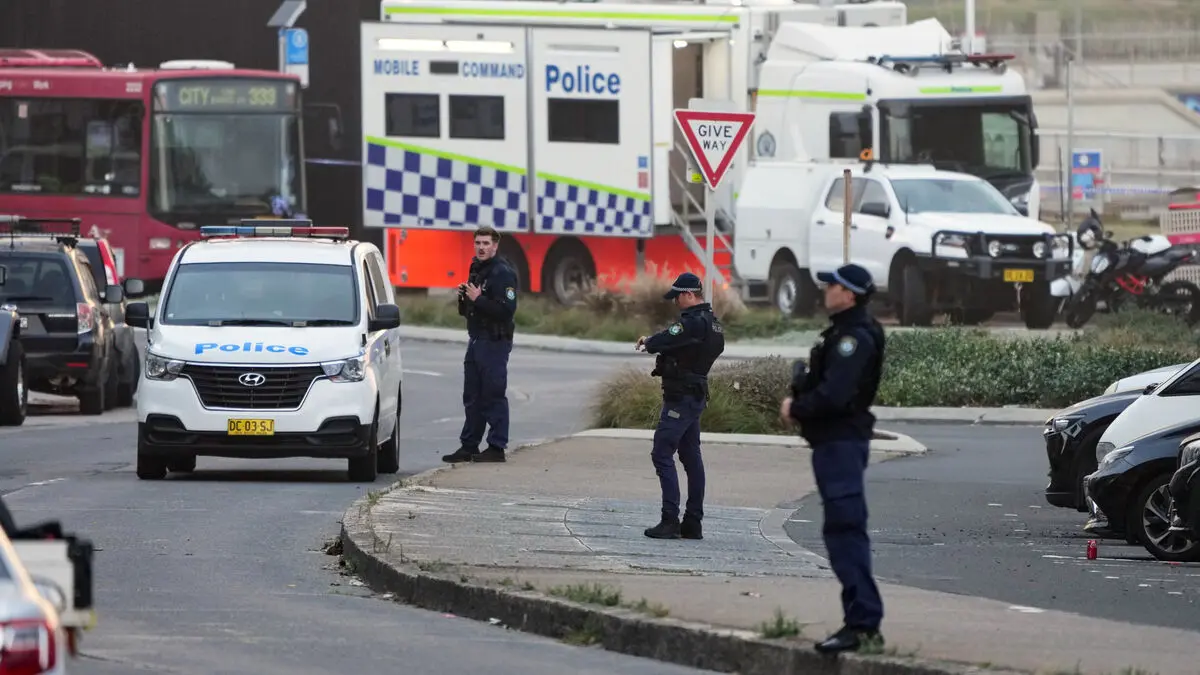The defense budget is set to grow from 148 billion this year to over 200 billion in 2030. The Armed Forces have now submitted their considerations to the government on what the money should be used for to meet NATO requirements and to meet an increasing threat.
It states that Russia's ability to influence or threaten Sweden through hybrid warfare and economic pressure is expected to increase, as is the Russian conventional military threat until 2030.
We see a risk that Russia will continue its growth regardless of developments in Ukraine, says Lieutenant General Carl-Johan Edström, Chief of the Defence Staff.
This could mean everything from increasing the number of ground troops on the Russian-Baltic border, to stronger long-range capabilities, and to strengthening the Russian fleet in the Arctic Ocean.
Inside Russia
The Armed Forces point out how Sweden's defense must be strengthened compared to the current defense decision from 2024. For example, the ability to strike targets inside Russia.
"We need to increase our long-range capability for combat in depth. Both for offensive parts of our defense and for deterrence," says Edström.
This includes long-range robots with a range of up to 200 kilometers.
Sweden also needs to increase its ability to fight in Finland and the Baltics, for example by becoming better at drone warfare and building up larger stocks of ammunition.
Check the Baltic Sea
NATO also requires that by the end of 2030, Sweden should be able to lead and conduct multi-domain operations nationally and together with NATO allies, that is, to have land, air, and naval forces work together. This is important, not least for NATO to be able to control the Baltic Sea.
This requires both reinforced command support systems and new systems for intelligence gathering, such as airborne Globaleye and our own satellites.
We must be able to have a situational picture and be able to gather intelligence, sometimes on a split-second basis, from beyond the Ural Mountains to out into the Atlantic and south of the Mediterranean, says Edström.
To protect bases, infrastructure and transport on Swedish soil, more air defense and expanded fighter aircraft capabilities are needed.
Here, NATO's integrated air and missile defense plays an important role, and Sweden also needs to contribute more to that.
We need a strong air and missile defense that defends us in several different layers, against everything from long-range ballistic missiles to small flying drones, says Edström.





